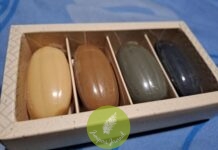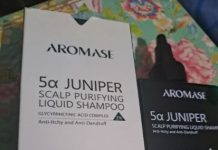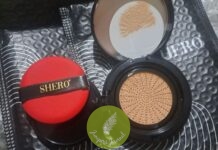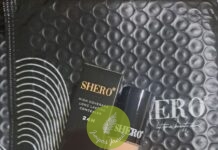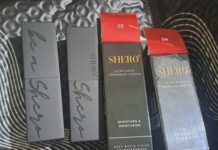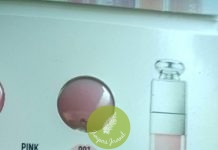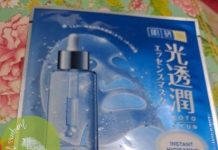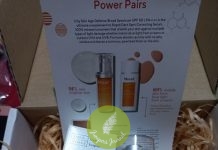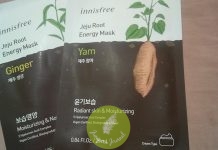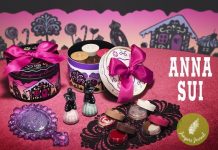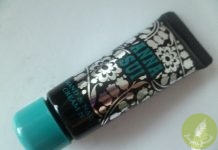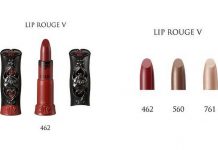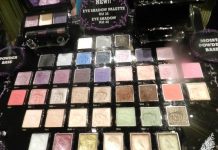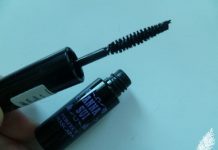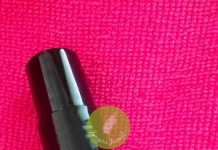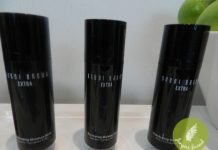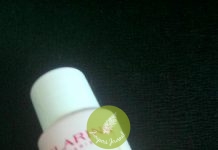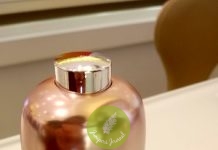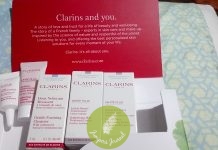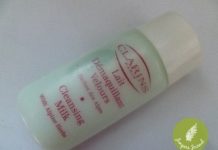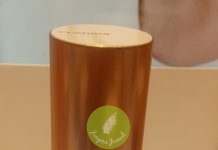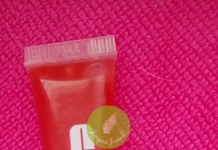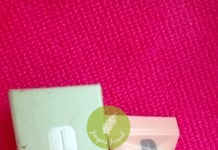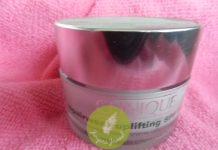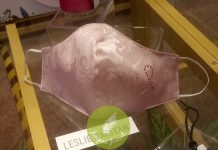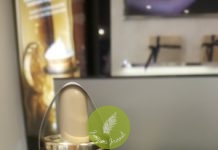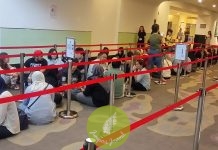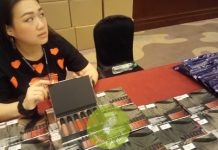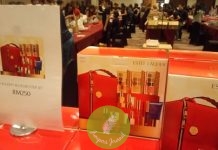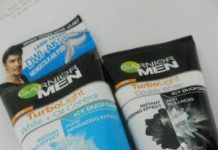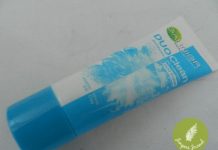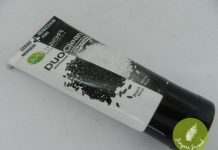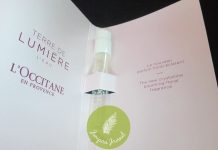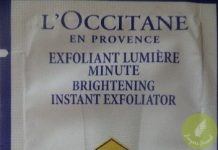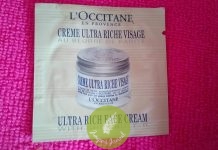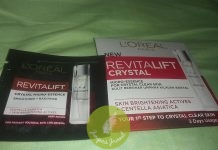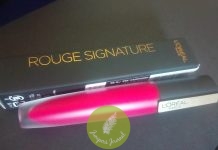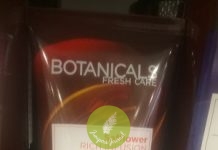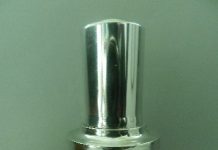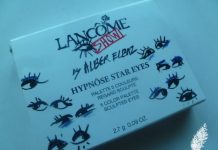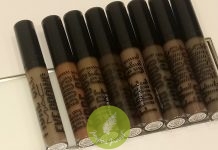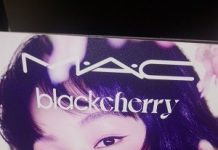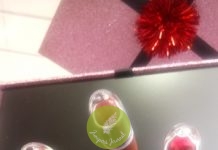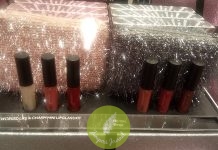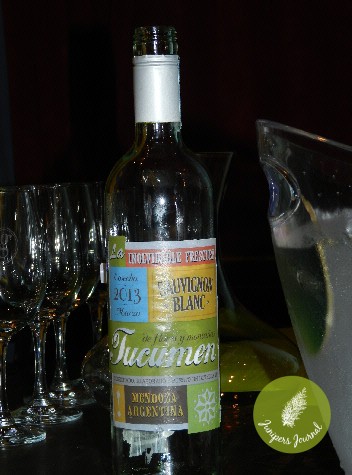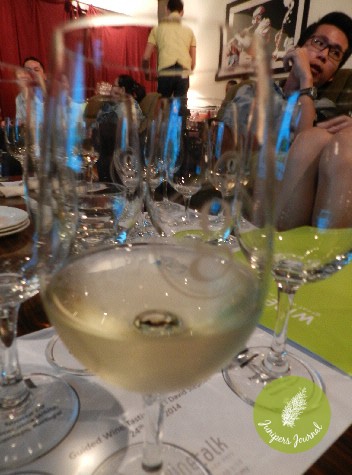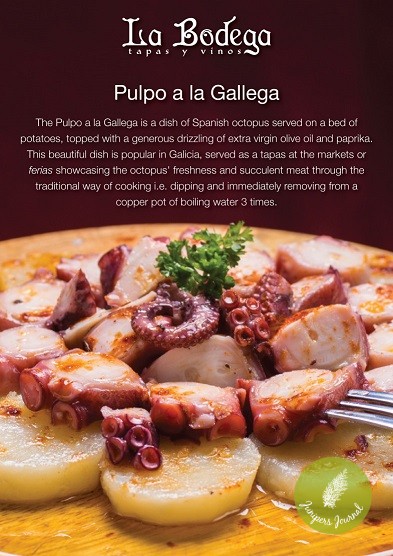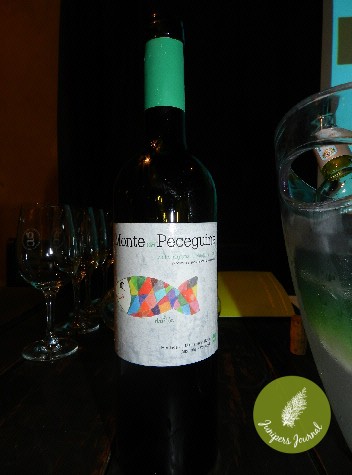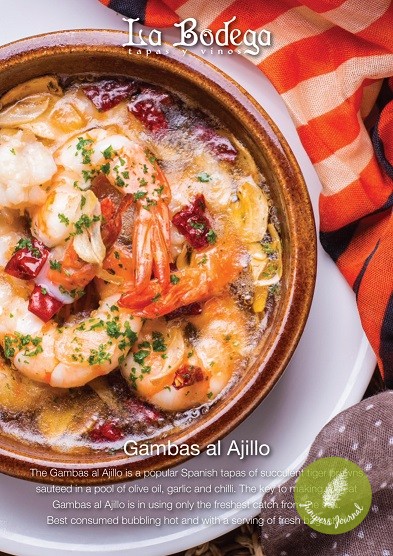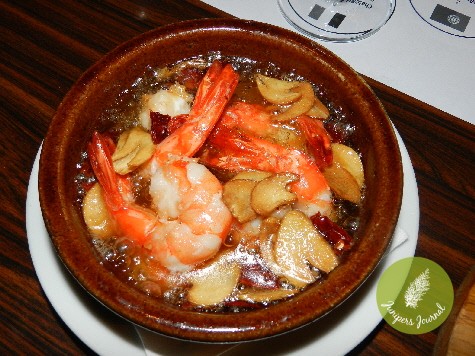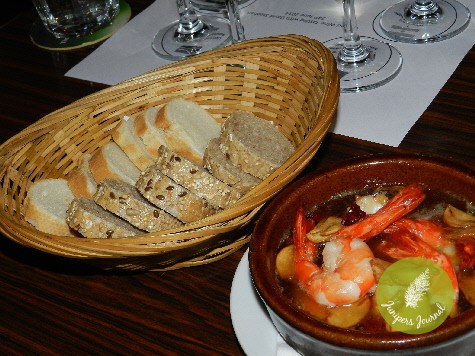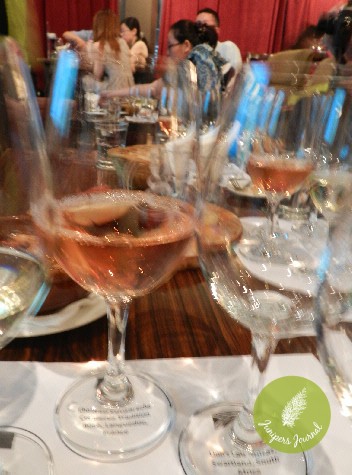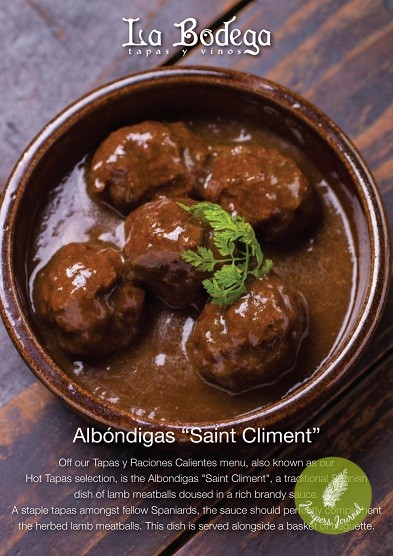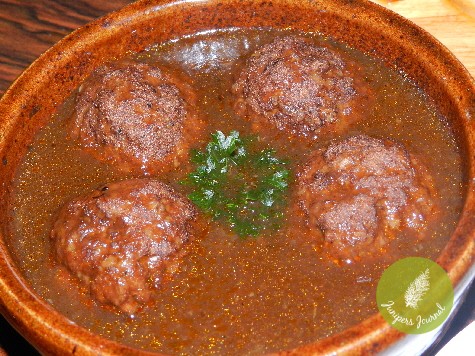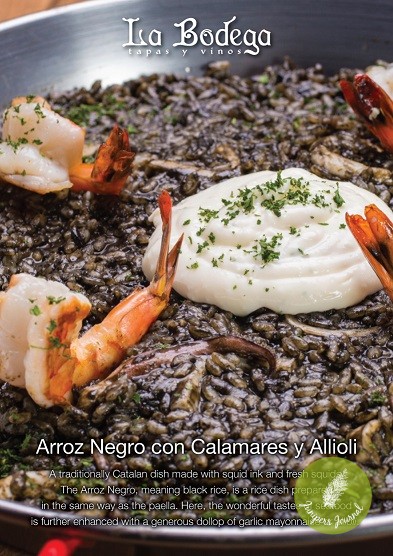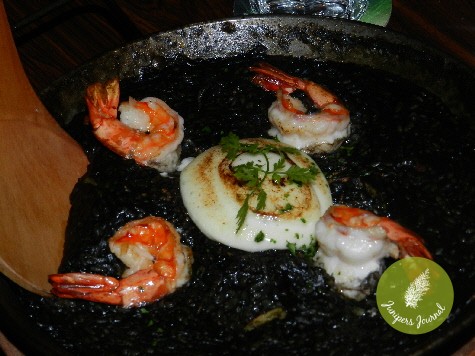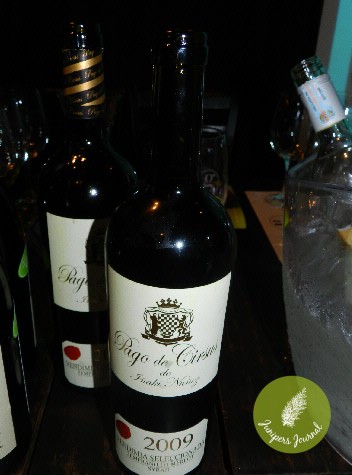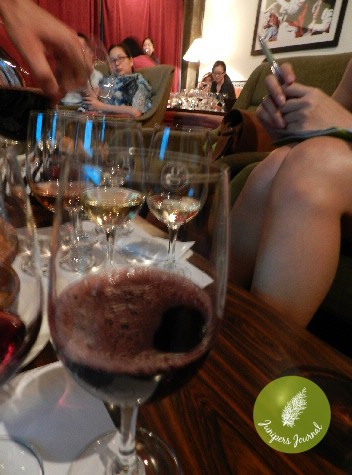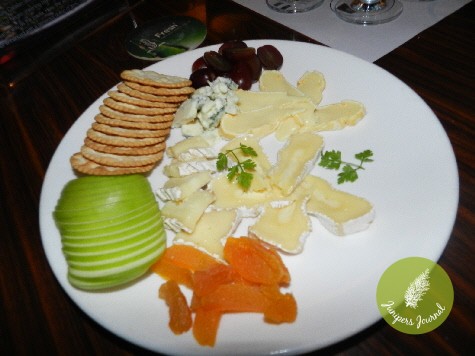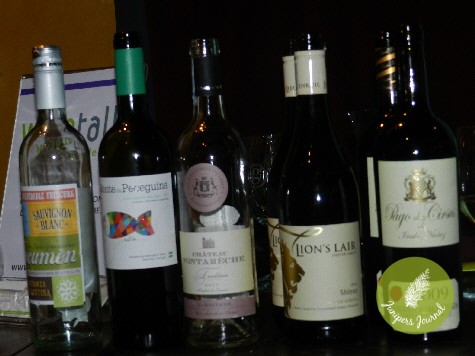To be able to appreciate wines more intelligently remains on my “to do” list so any event which enables me to gain a better understanding of wines is too good to pass up. Wine Talk organised a wine tasting evening at La Bodega Lounge in Jalan Telawi 2, Bangsar about 2 weeks ago. I got there a bit late no thanks to having the wrong impression or is it assumption that it was at La Bodega in Bangsar Shopping Centre so about half an hour was lost going up and down Bangsar.
That little mishap aside, I arrived at La Bodega Lounge a few minutes after French Sommelier, David Stephan had started his presentation. We were to be introduced to 5 wines that night, all of which are exclusive to Wine Talk. You won’t find these wines at any supermarkets or wine shops.
Tucumen Sauvignon Blanc – Mendoza Argentina RM72
100% Sauvignon Blanc
Tucumen is a collection of Premium Mendoza wines created by the owner of Bodega Budeguer. The story of Budeguer family started 30 years ago when Juan-José Budeguer began to expand his small sugar cane production in the Tucumán region in the northern part of the country. In 2005, he decided to realize his dream to have his own wine, by purchasing some vineyards and building up a brand new winery in the Premium ‘Lujan de Cuyo’ sub-region of the Mendoza Valley. He focused on high-quality grapes to produce the best wines their terroirs can offer. The name ‘Tucumen’ is a tribute to their roots in the Tucumán Valley and their arrival in the Mendoza Valley!
Their Sauvignon Blanc is a soft and mellow wine, with delicate floral and citrus notes; it offers a fresh and balanced acidity, with great subtle aromas of peach and lemon. This aromatic Sauvignon Blanc is excellent as an aperitif and a very good companion for seafood, fish, pastas, poultry and goat cheese.
A very crisp and delicate Sauvignon Blanc, to enjoy at any time. This was the most palatable of all the wines (I have a penchant for whites anyway) as it’s crisp, fruity, soft and light. This is the one I drank the most of.
Served with this white wine was Pulpo a la Gallega (RM75), which I forgot to take a photo of and didn’t partake of. I was a bit grossed out by the tentacles. I just couldn’t take a bite even though I am sure it is delicious. I can be quite a coward when it comes to certain food and certainly am no candidate for hosting even one episode of “Bizarre Foods” and this isn’t even bizarre to the majority of people.
Monte da Peceguina ‘Branco’ – Alentejo, Portugal RM90
65% Antão Vaz, 19% Verdelho, 12% Roupeiro, 4% Arinto
What began as a dream for the Soares Family (João and Paulo, along with João´s wife Rita), became reality in the late 90’s when they discovered that deserted farm in the inland Alentejo region, in the South of the Country (Ports are made in the Northern Douro region). After planting their 1st vines in the year 2000, they built a top-of-the-art winery in 2003; combining modern & traditional technics in the winery, they focus mostly on local, traditional grapes, used to the extreme conditions (Alentejo is one of the hottest and driest region in Europe) while maintaining a good level of freshness and acidity. All works in the vineyards and other plantations (olive trees, hay, corn fields) are farmed with an organic approach, with upmost respect of the terroirs.
The Branco (white) cuvée is a classic blend of local varieties; it showcases a very aromatic expression of the grapes, with citrus and floral notes, combined with a great minerality and intense flavors, balanced by a great acidity. Enjoy it with roasted prawns Al Ajillo, rich fishes or grilled white meats.
This is a drier, richer and more full bodied (more intense and complex) white wine.
Gambas al Ajillo (RM38) is tiger prawns sauteed in olive oil, chilli and garlic, the sauce tastes so swell when you dip in a piece of bread. The smell itself is simply enticing.
Château Fontarèche Corbières ‘Tradition’ Rosé – Languedoc, France RM70
75% Piquepoul noir, 15% Grenache, 10% Syrah
The Château de Fontarèche is one of the oldest estates in the Southern-France region of Le Languedoc, nestled between the Mediterranean Sea, the medieval, Unesco-World Heritage fortified city of Carcassonne and the Canal-Du-Midi in the Corbières appellation. It was built in 1201, and had vines cultivated since 1350. The domaine was then sold in 1682 to the Mignard family, and now the 9th generation of descendants, represented by the Jacques De Lamy, still lives on the estate and – along with Chief winemaker Vincent Dubernet – keeping the ancestral winemaking tradition alive.
The domain includes 160 hectares of vineyards, all linked together. Half of the area is classified as AOC Corbières, the other half as Vin De Pays, cultivated in a sustainable approach, with 11 hectares already fully converted into an organic vineyard. Having such a widespread domaine offers a wide range of soil and terroirs, which allow for a good selection of grape varietals – 17 in total – to be cultivated in the estate.
This is a classic Southern France Rosé, made mostly from a very old local varietal, the Picquepoul Noir. Light grenadine pink in colour, expressive, vibrantly fresh nose with notes of wild strawberries and fruit drops. On the palate, fine balance between the fruitiness, fatness and acidity.
Tastes light but not as memorable as the white wines.
Albondigas “Saint Climent” RM20 (small), RM30 (large) is superb especially for those who love lamb, so tender, so juicy, so everything a great lamb dish should be. This is the 2nd most outstanding tapas of the night.
Lion’s Lair Shiraz – Swartland, South Africa RM55
100% Shiraz
The Swartland is a fairly new wine region in South Africa. Situated 50km North of Cape Town, settlers have been present there for Centuries, and grapes were among the crops they were producing. However, it was only in the 1960’s that wine production started to become serious. As a result, the wineries are mostly small family-owned estates, crafting quality wines rather than big volume production, like the Leeuwenkil Family which is one of the most renowned estates of the region.
The original owner of the lands have been present since 1693 – amongst the first settlers – and the original Estate House still stands; They now own over 1,000 hectares of dry-land (cultivated without irrigation) that is treated with the most biological approach. They are not certified organic, but very close. The Dryer Family took over in 1851. Actual owners, Willie and Emma Dreyer are hands-on farmers who work alongside the workers to keep the tradition and ensure high quality, making great wines at great price!
The Shiraz comes predominantly from vineyards with sandy-loam topsoil and well-structured subsoil, on weathered rock. This soil has good water holding capacity, providing the much-needed water during hot summers in this dry-land vineyard. This cuvee is aged in stainless steel to keep the authenticity of the opulent, bright fruit. A beautifully elegant palate with round tannins, layered with clove spice, ripe cherries and violets. It works excellently with feast-worthy food like roasted duck, grilled meats or spicy tomato pasta.
Fruity, went very well with the best dish of the night which has to be tried to be believed. Totally awesome paella!
Arroz Negro con Calamares y Allioli RM35 (1 pax), RM68 (2 pax) is so delicious that I wanted the whole pan (portion above is divided between 4 pax). The black rice is crunchy and reminded me of Coco Pops as it crackled as I chewed and that squid ink gave it a rich and unforgettable flavour which I think still lingers in my mouth as I am describing it. *SIGH* for another spoonful of this top-notch paella.
Pago De Cirsus ‘Vendimia Seleccionada’ – Navarra, Spain RM81
Tempranillo, Merlot, Shiraz
Pago de Cirsus is the brainchild of Iñaki Núñez, a famous Spanish movie producer who grew up in the Navarra region. He first renovated an old 16th Century Chateau into a luxury Hotel in his village of Ablitas, and built-up a brand new winery in 2000 to develop the perfect surrounding for the estate. He rapidly planted a mix of local (Tempranillo) and International (Cabernet Sauvignon, Merlot, Syrah, Chardonnay) grapes with the clear goal of making high quality Reserva wines.
The Navarra wine region lies between Rioja and the French border to the northeast. The foothills of the Pyrenees descend towards Navarra from the north and the Ebro River runs up from the south into Rioja to the west. Grapes have been present there for centuries. Because of its strategic location and very different soil types, a large range of grapes are planted.
This ‘Vendimia Seleccionada’ (Selected Harvest) is made from a spread of their best low-yielding parcels, fermented partly in large oak casks and aged for 12 months in oak barrels. It showcases an abundance of red fruits like plum aromas and ripe black berries, typical of Tempranillo, blended with scents of cocoa. The wood is fully integrated. This wine is fruity and long, with rich but smooth tannins.
Very pleasant and fruity, this one goes well with beef casseroles and roasted lamb.
What better way to finish off our tapas and wine tasting session than with a plate of assorted fine cheeses. Don’t mind the brie but must say the Roquefort sure is an acquired taste. The flavour of the crumbly Roquefort is sharp and it’s best eaten with a piece of cracker to tone down the strong odor. This is one of the world’s best known blue cheeses together with Stilton and Gorgonzola.
DAVID’s TOP 8 TIPS to appreciate and taste wine like a PRO:
- Hold the wine glass by the stem, not by its bowl. In his years of serving wines, he’s probably seen hundreds of people holding a wine glass by the bowl. It’s not that bad but doing this exposes the wine to your fingers’ temperature. Best is to hold a wine glass by its stem. It reduces exposure of wine to heat and it also makes you look like a pro. Classy and elegant.
- Swirl the wine in your glass, be careful not to spill. Swirling allows the wine to release aromas. Just give your glass a gentle swirl. After you’ve done this a few times, you’ll get the hang of wine glass swirling.
- Sniff the wine. It’s totally fine to put your nose inside the glass. Learning to appreciate wine aromas is learning how to appreciate the character of the wine. Don’t panic if your friend smells something else than what you smell. Wine aromas can be completely subjective. Your friend might smell flowers while you smell fruits. It’s fine. The important thing is whether you like the aromas or not.
- Look at the color of the wine. You can hold your glass higher to get some light. The color of the wine can tell you a lot of things about what you’re drinking or tasting. Some white wines might be lighter than others; it will roughly give you an idea about the taste. Some red wines are very dark while types like pinot noir might have lighter red color than merlot and shiraz.
- Sip the wine. Take note: SIP not gulp. Sipping gives you more chance to appreciate the taste. If you are willing to expand your tasting skills, you can explore inhaling air through your mouth while the wine is inside. This can be tricky but perfecting this skill can give you significant difference in appreciating wines.
- Take note of the aftertaste. This is where you’ll notice if a wine has strong or light tannins. Tannins are most commonly present in red wine. It is the textural element that makes wine taste dry. Observe your tongue when you taste red wines, it’s that ‘dry’ feeling or taste when you swallow wine. Some grapes have higher tannins while some have lower.
- Swirl, sniff then sip again. This will allow you to rediscover the aromas and the taste for another time.
- Be familiar with basic wine terms. Looking and sounding like a pro need a bit of research. Some people might talk to you about nose, legs, fermentation, vintage, corked wine, acidity and other terms. Take a few minutes to read about some wine terms before you attend a gathering where wine will be served. If you’re armed with some wine knowledge, you’ll relate to what people are talking about and maybe even add some comments that make you look and sound like a pro!
If you really want to learn more about wines, it is best to keep trying more. Wine Talk has a special service where wine lovers or enthusiasts can discover more wines that will be personally handpicked by David. A person just needs to join the Wine Club, which is FREE from sign-up or membership fee, and receive 6 or 12 bottles of wines every month or 2. It’s a convenient way to enjoy wines. You don’t need to worry about what wines to buy because David, the sommelier, will choose them for you based on your preference. Isn’t this amazing? And another great thing from Wine Talk is their GUARANTEED PRICE and GUARANTEED SATISFACTION. If you’re not happy with the wine you received, they will change it for you.
Wine Club and Wine Talk’s wine delivery service are currently available across Peninsular Malaysia. For further information, log on to http://www.winetalk.com.my or call 1300 88 97 88.
Good news for Juniper’s Journal readers! Love wine? Need to send wine as a gift or need wines for an event, gathering or party? Use my special voucher code when you shop at Wine Talk to enjoy RM50 OFF on your order of RM300 worth of normal-priced wines! Simply key-in JUNBLOG50 upon checkout!

